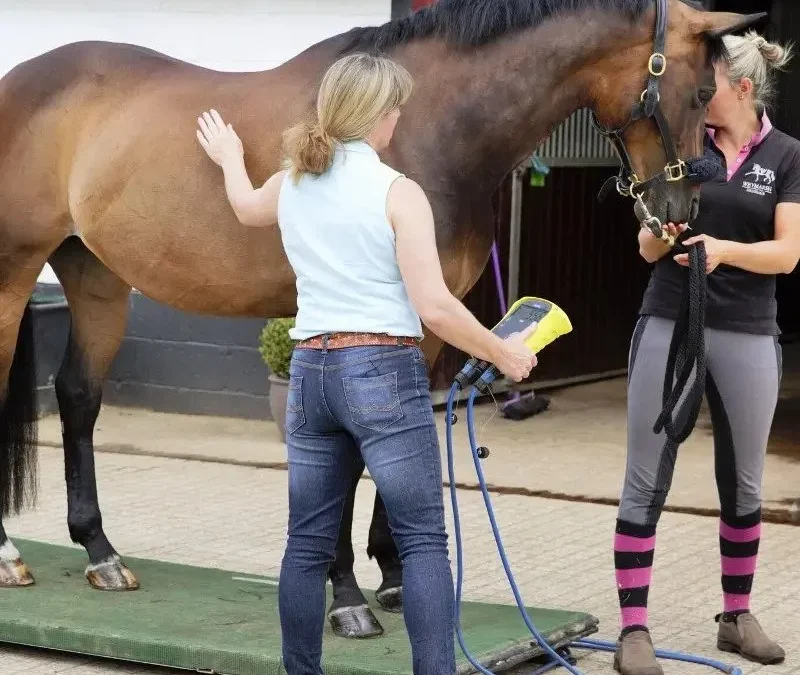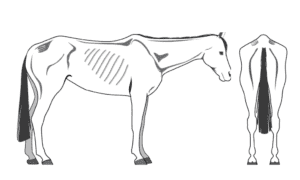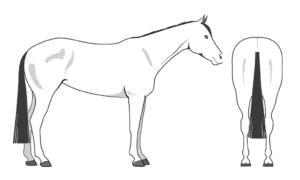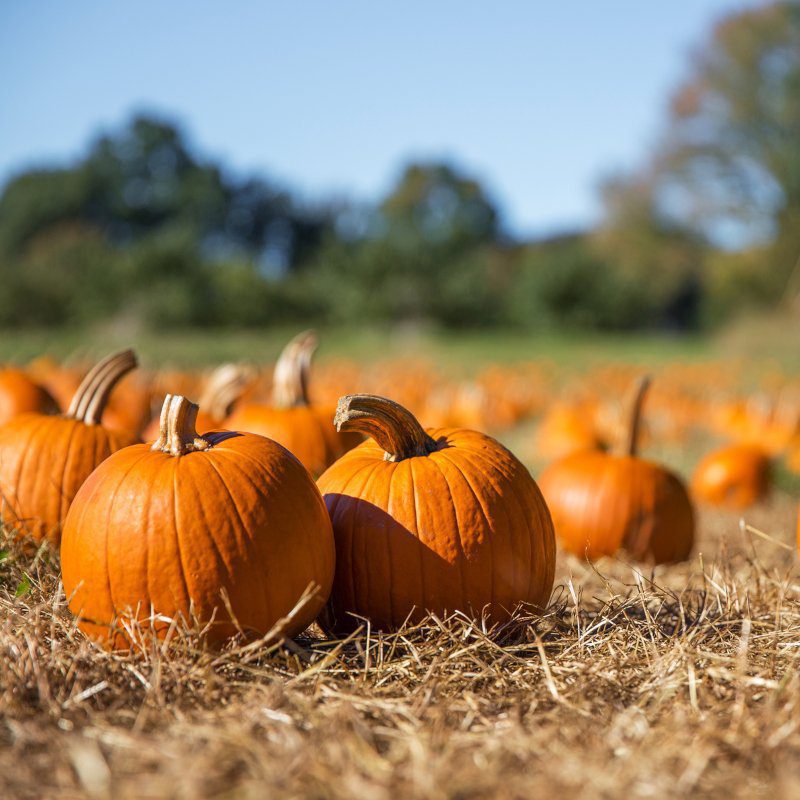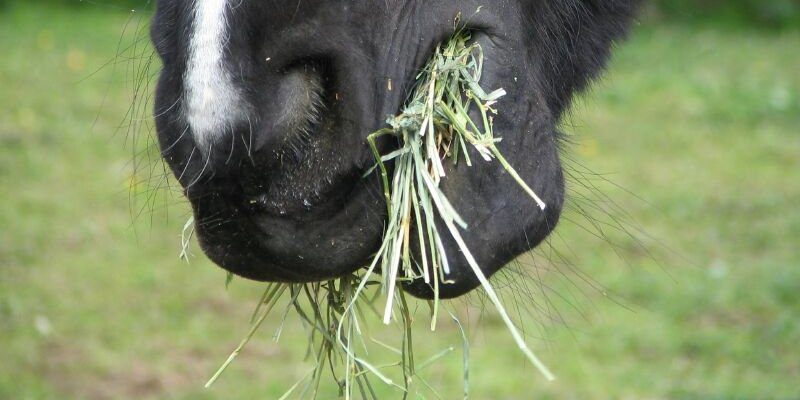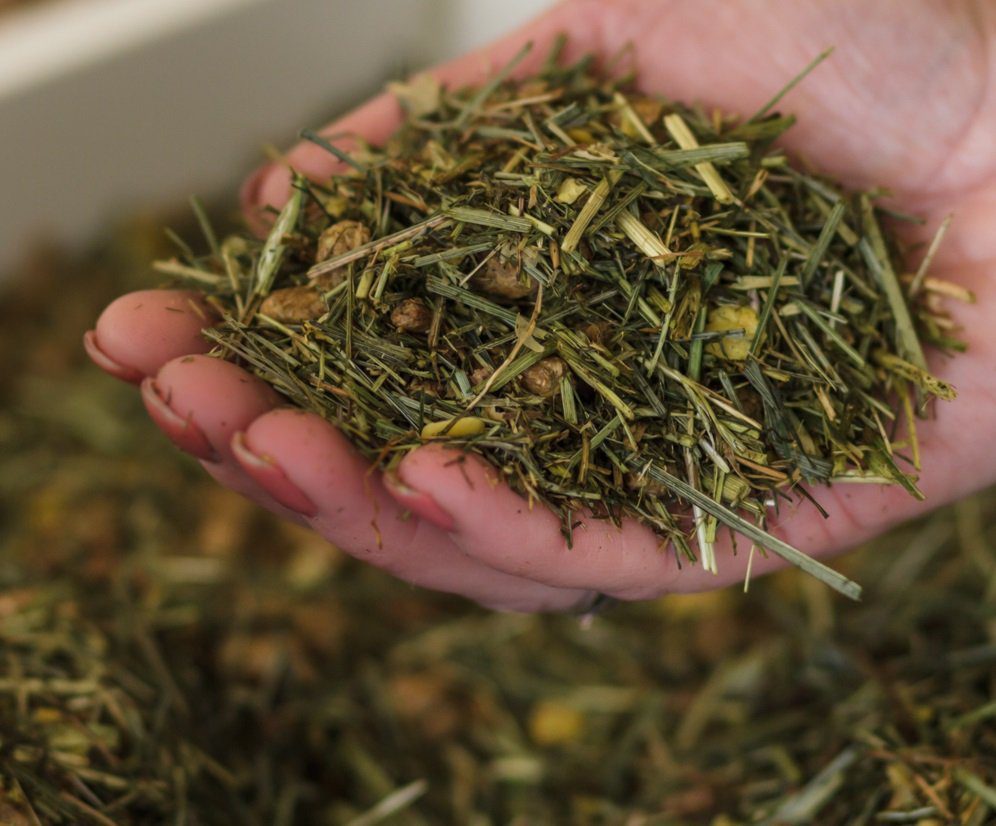
What is body condition scoring?
Body condition scoring is a tool to assess your horse’s overall fat covering to determine if they are a healthy weight. We can use it to monitor weight loss, weight gain or weight maintenance. Assessing your horse’s weight throughout the year is crucial, allowing you to adjust their intake accordingly and be proactive rather than reactive to any weight changes.
How do I weigh a horse?
Weighbridges are the most accurate tool for assessing a horse’s weight, but unfortunately, they are not the most common piece of yard equipment. Using a weigh tape is another method of checking a horse’s weight, but this gives more of a general indication. Also, when weigh tapes are not used properly, you may not achieve a reliable result.
Why do we use body condition scoring?
In combination with a weigh tape, body condition scoring is a quick and easy tool to help keep an eye on your horse’s weight. Unfortunately, up to 50% of horses are obese. Obesity can lead to the development of several metabolic conditions such as laminitis and EMS (equine metabolic syndrome).
Click here for your Free bespoke diet plan
Do you already know if your horse or pony is over or underweight but don’t know what to do about it? Our friendly team of expert nutritionists is here to help you figure it out.
How to score your horse’s body condition
Consistency is key when it comes to assessing your horse’s condition, so make sure you check our general guidance below to get started on the right hoof.
General guidance:
- Decide on a time of day that you are going to perform this and how regularly
- Note that the horse’s weight can fluctuate over the day, so assess at the same time to ensure more accurate results
- The body condition score should be performed by the same person every time
- The same method and areas should be checked at each assessment
Before starting the assessment, make sure you’re set up correctly:
- Find a firm and level surface for your horse/pony to stand on
- Position your horse/pony so that they are standing square and that they are bearing weight on all four feet
What am I looking for and what will it feel like?
You will be feeling for the distribution of fat around your horse’s body. Fat will feel soft and spongy, but dangerous amounts of fat in areas such as the crest at the top of the neck will feel hard and wobbly when moved side to side. In contrast, the muscle will feel firm but not hard.
There are 2 methods of assessing body condition score. The most commonly used, and the method we explain below, is the Carroll and Huntingdon method which uses a 5-point score to body condition score (BSC).
Performing a body condition score on your horse
First we will divide the areas to assess into sections, as shown in the photo below.

The areas to consider are:
- Neck and shoulders
- Middle (back and belly)
- Hindquarters
Within those sections, feel for fat distribution in the areas highlighted in the photo below.

Score each section out of 5 using the table at the bottom of this post.
How to score each section
Section 1 – the neck and shoulders of the horse
- Feel along the top of the neck/crest – is it soft (fat), firm (muscle) or hard (indicating dangerous amounts of fat)?
- Moving on down your horse/pony’s neck and onto its shoulder:
- If fat has built up in front of their shoulder blades, your hand will run from the neck to the shoulder without the shoulder blade ‘stopping’ your hand
- Some horses such as native breeds often store excess fat called fat pads behind their shoulders, so feel for this
*Note that stallions naturally will have more of a crest due to the fact they are a stallion
Section 2 – the body (back and belly)
- Running your hands along the side of their belly with light pressure, you should be able to feel their ribs easily
*Horses tend not to store fat on the under part of the belly so do not use this area as part of your assessment.
Section 3 – the hindquarters and tail
- Look from all angles, both sides and from behind (only if safe to do so)
- When looking from behind if they present with a more angular shape then this is a lower score and if they present with a more rounded or square shape then this is a higher score
- In the hindquarters, the tail head is predominantly where fat pads will accumulate if they are going to, so check here
- Your horse should present with a rounded bottom
Body condition scoring guide
The British Horse Society – Body Condition Scoring
Settling the score
Once you’ve established your horse or pony’s body condition score, you can start figuring out what to do about it. Do they need a lower calorie feed? A higher calorie feed? What is their activity level? Every horse is different, but by doing a body condition score regularly you can build a good overall picture of your horse’s weight and be proactive with their care and management.
Get expert advice from our excellent nutritionists and find out how you can help your horse improve their condition. Give us a call on 01458 333 333 or email info@purefeed.com with your questions. You can also request a FREE bespoke diet plan here!
